

- Englischkurse
- Deutschkurse
- Sprachtests & Zertifikate
- Sprache & Kultur
- Über uns
- Jetzt buchen

The Great War, or what is now known as the First World War, began with great patriotism – ‘cleansing society of decadence’ – between European nations in August 1914. It was however fought as a war of attrition, a war of the trenches, finally ending in the rain and mud of the Flanders in November 1918. The surviving protagonists, having fought to a point of exhaustion and beyond, were to be ever haunted by the horror of a conflict that had been fought with all the weaponry, even with gas, the conflicting industrial nations had manufactured so efficiently.
The two short decades – the twenties and thirties of the 20th century were, for that surviving generation, an era of domesticity, where one’s home was one’s castle, where one’s own small garden was superior to any foreign field. It was little wonder that when, in September 1938, Neville Chamberlain, the then British prime-minister, returned from Munich after meetings with Hitler, with an assurance of ‘peace for our time’, no war in Europe, he was welcomed by wildly cheering crowds, as he stood alone, a little lost, on the balcony of Buckingham Palace. A year later, Europe was again at war.
These two short decades are the focus of the five novels, plus a collection of short stories that comprise this course of English literature. They relate the drama of the undramatic. They describe those times: the hedonism, the joy, the song and dance, the propriety and impropriety, but, above all, the human condition.
All the six books chosen for this course of reading and discussion are published by Persephone Books - unique in that it reprints neglected fiction and non-fiction, mostly by women writers and mostly dating from the mid-twentieth century.
The books will be discussed in the following order:
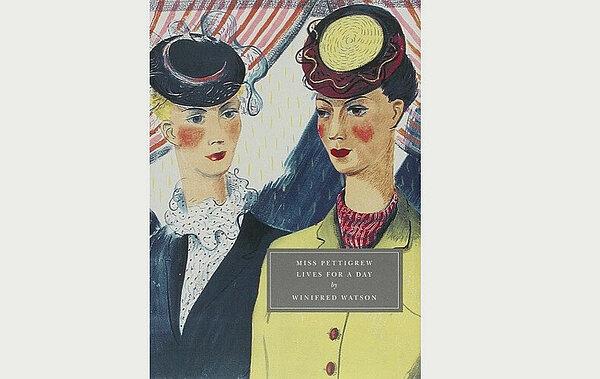
This is about a disillusioned, middle-aged governess who is sent to the wrong address by a job agency. Instead of ending up in a household with unruly children, she encounters a glamorous nightclub singer named Miss LaFosse. Within twenty-four hours, her life is forever changed.
'The Guardian' asked, "Why did it take more than half a century for this wonderful humor to be rediscovered? A pure Cinderella farce with admirers, scoundrels, negligees, and nightclubs—Miss Pettigrew's transformation is a joy to behold." 'The Daily Mail' appreciated the book's message, "that everyone, no matter how poor, prudish, or neglected, has a second chance to flourish in the world." In 'The Shops', India Knight described Miss Pettigrew as "the sweetest adult book in the world," and Tracy Chevalier agreed that "Miss Pettigrew is irresistible, a perfect blend of wistfulness and joy, substance, and froth."
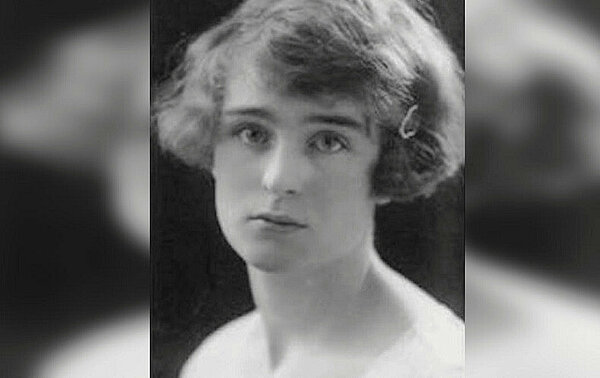
Winifred Watson was born in 1907 and grew up in Newcastle upon Tyne, where her father owned three shops. She attended St. Ronan's School in Berwick-on-Tweed and worked as a secretary until she married Leslie Pickering, the manager of a timber firm, in 1935 at the age of 28. In 1935, she wrote "Fell Top," followed by "Odd Shoes" a year later, both of which were quite strong dramas. However, when she submitted a fun book titled "Miss Pettigrew Lives for a Day" in 1938, they refused to accept it. I still remember looking at the publisher and saying, 'You're wrong, Miss Pettigrew is a winner.' But he remained stubborn. I wrote another straightforward novel [Upyonder, 1938], and when they finally published "Miss Pettigrew," I was proven right. France published it, Australia did too, and even Germany was on the verge of publishing it when the war broke out." Winifred Watson published two more novels but stopped writing shortly after the birth of her son in 1941. She lived the rest of her life in Newcastle and passed away there in 2002.
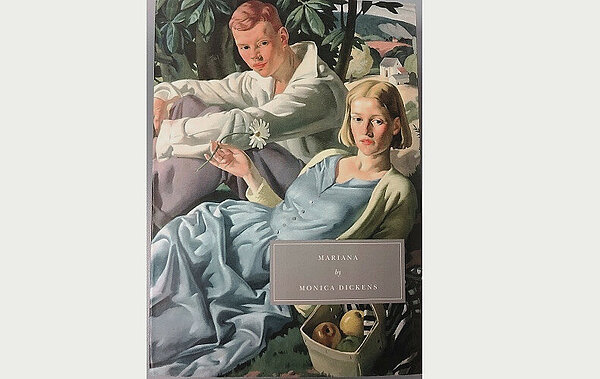
Monica Dickens' first book, published in 1940, could easily have been titled 'Mariana - an Englishwoman'. Because that's what it is: the story of the growth of a young Englishwoman into maturity in the 1930s. We see Mary at school in Kensington and on holiday in Somerset; her attempt to attend drama school; her year in Paris, where she learned to sew and became engaged to the wrong man; her time as a secretary and companion; and her romance with Sam.
But it's also more than that. As Harriet Lane notes in her preface: "It's the naturalness of Mariana, her enthusiasm, her attention to tiny, meaningful details of everyday life that make her so appealing to modern readers." And John Sandoe Books remarked, "The contemporary details are excellent – Monica Dickens' descriptions of food and clothing are particularly well done – and the characters are observed with vivacity and humor. Mariana is written with so much zest and enthusiasm that we would challenge anyone except scientists and professional cynics not to enjoy it."
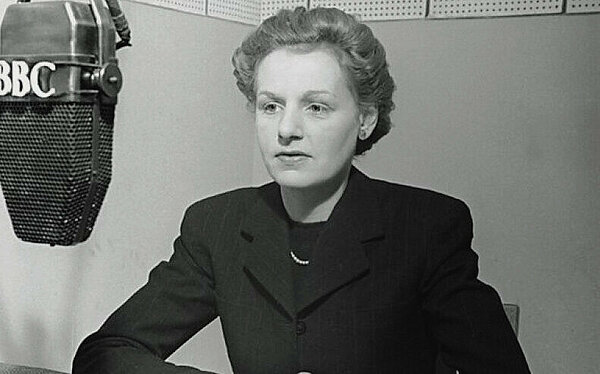
Monica Dickens was born in 1915 in London and grew up there; her father was a lawyer and a grandson of Charles Dickens. Her mother's German roots and her Catholic faith gave her an outsider's perspective; she was underemployed and rebellious at St. Paul's Girls' School. After drama school, she became a debutante before working as a cook. Her first book, 'One Pair of Hands' (1939), described life in the kitchens of Kensington. It was the first of a group of semi-autobiographical works, with 'Mariana' (1940), technically a novel, being one of them. "My aim is to entertain rather than instruct," she wrote. "I want readers to recognise life in my books." In 1951, Monica Dickens married a US Marine officer, Roy Stratton, moved to America, and adopted two daughters. 'The Winds of Heaven' was published in 1955. As an extremely popular author, Monica Dickens was involved in charities such as the Samaritans and wrote about them. After her husband's death, she lived in a cottage in rural Berkshire and passed away there in 1992.

'Princes in the Land' by Joanna Cannan, explores a woman's journey through motherhood and self-discovery as her children approach adulthood. Cannan skillfully addresses these questions while also depicting the gradual loss of the protagonist Patricia's happiness as her children deviate from her expectations. Despite her desire for them to fulfill her ideals, she ultimately accepts their different paths.
Joanna Cannan, a prolific author who began writing at the age of 26, wrote novels, mystery stories, and pioneered the genre of 'pony books,' later popularized by her daughters. 'Princes in the Land' offers a unique exploration of a rarely discussed topic and vividly portrays Oxford. Cannan's novels, characterized by wit and satire, often confront clashes between idealists and materialists without easy solutions, as noted in the Oxford Dictionary of National Biography.
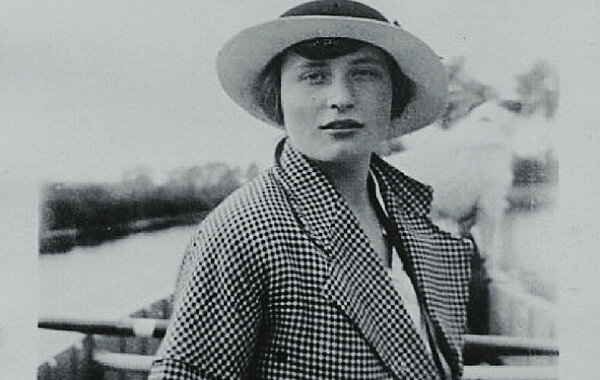
Joanna Cannan (1896-1961) was the youngest daughter of a respected Oxford professor and inherited Scottish grit and determination from her mother. Often left to their own devices, "they played romantic dramas based on their favorite books" (DNB), and the Cannan girls grew up independently and with a love of books. May (Wedderburn Cannan) became a well-known poet of the First World War. Joanna hoped to attend the Slade but married Captain Harold Pullein-Thompson in 1918 and moved to Wimbledon.
Starting in 1922, she became the family's breadwinner and published a book every year until her death. In the 1930s, the Pullein-Thompsons purchased a house near Henley for their four children and numerous animals. Here, Joanna wrote 300 words every morning in the living room (before finding her way to a cooked lunch): novels, including 'Princes in the Land' (1938), mystery novels, and the first pony book, a genre that her daughters Josephine, Diana, and Christine would go on to excel in.
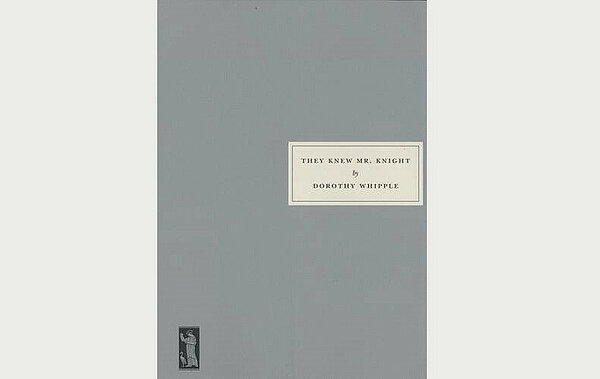
The Blakes are an ordinary family: Celia takes care of the house, and Thomas works in the family engineering firm in Trentham, a thinly veiled Nottingham. The book begins when he meets Mr. Knight, a financier as shady as those on the front pages of our newspapers today, and follows his and his family's rapid rise and fall. Part of the cause of the ensuing tragedy is Celia's innocence - constrained by housework, she and her children are the "victims of the world's tumult" (Afterword); but ultimately, through "quiet tenacity and the refusal to let go of certain precious things, goodness prevails" (Afterword). And the TLS wrote: "The portraits in the book are fired by Mrs. Whipple's articles of faith - the overriding importance of people."

Born in 1893, Dorothy Whipple had an intensely happy childhood in Blackburn as part of the large family of a local architect. Her close friend George Owen had been killed in the first week of the war, and for three years, she worked as a secretary for Henry Whipple, an education administrator who was 24 years older than her and whom she married in 1917. They spent most of their lives in Nottingham; here she wrote Young Anne (1927), the first of a total of eight highly successful novels. Almost all of her books were Book Society Choices or Recommendations, and two of them were made into films. She also wrote short stories and two volumes of memoirs. Her final novel was Someone at a Distance (1953). In her later years, Dorothy Whipple returned to Blackburn, where she passed away in 1966.
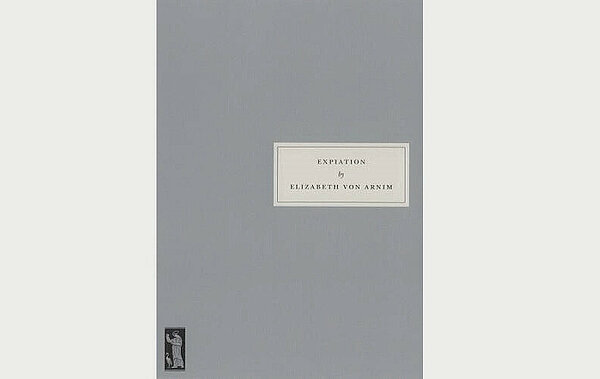
A novel that has been entirely overlooked but is by a well-known writer. The subject is slightly shocking, or at least it was in 1929, as the book deals with adultery: a 'happily married' woman has been meeting her lover once a week for years. And while we may read the novel as satire today, the characters and their milieu may have seemed quite tame at the time. Ultimately, the feminist weekly magazine Time and Tide believed that Elizabeth 'grasped all of life - certainly all of literature', which consists only of 'two things: love and consequences'. In particular, Expiation is 'a charming, instructive study of the consequences of this kind of love... called sin.'
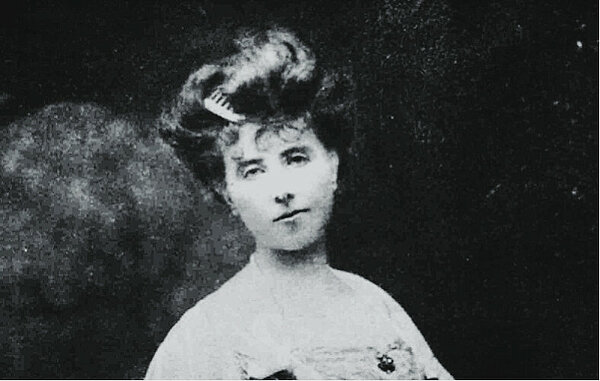
Elizabeth von Arnim was born in Australia in 1866. At the age of five, her family returned to England. While on vacation in Rome, she met Count Henning August von Arnim, a recently widowed man, and married him in 1891. They lived in Berlin and had five children. After moving to Nassenheide, the house on the von Arnim estate, 'Elizabeth' anonymously published the bestseller "Elizabeth and her German Garden." Several novels followed. In 1908, she left England, lived in Switzerland, and wrote dozens more books. A three-year affair with H.G. Wells followed her marriage to Earl Russell. In 1939, she went to America, where she died two years later.
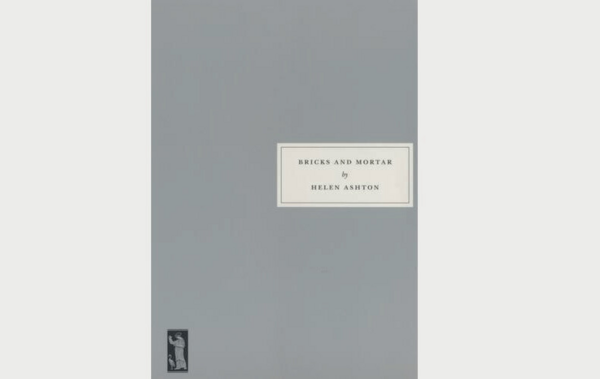
A collection of short stories by Elizabeth Berridge, first published in 1947 when she was 28 years old. They are a revelation to me; I was fascinated by the quality of the writing. It seemed to me that these are quite radical stories; they were sharp and disruptive in their ideas.' A.N. Wilson writes in his foreword: '[Berridge] is a writer of distinction who is equally at home in the quite different medium of the short story, which requires an iron discipline and control. Many masters of this genre are swept away by their cleverness and either convey nothing or indeed possess the quality of heartlessness. Others—and one thinks chiefly of Chekhov—can maintain the discipline of the medium but fill its tight limits with warmth. This is the quality of Elizabeth Berridge's stories, which makes us return to them, which makes us read them over and over again until they become friends.'
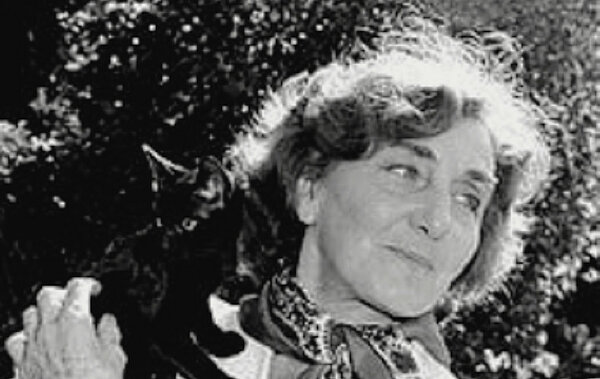
Elizabeth Berridge (1919-2009) grew up in the "safe London suburb" of Wandsworth Common. A year in Switzerland and a "hated" period at the Bank of England, as described in 'Be Clean, Be Tidy' (1949), were followed by her work at a photographic news agency. She married Reginald Moore in 1940, published her first short story in 1941, and moved to a remote house in Wales in 1943 after the birth of her first of two children. In Wales, Moore edited "Modern Reading" and other wartime anthologies, while Berridge wrote the stories that were republished in 'Tell It to a Stranger,' published as 'Selected Stories' in 1947. They returned to London in 1950.
Elizabeth Berridge published nine novels, with "Across the Common" winning the Yorkshire Post Award for the best novel of the year in 1964. She reviewed fiction for the Daily Telegraph for over twenty-five years. Her last novel, 'Touch and Go,' was adapted as a radio play by BBC Radio 4.